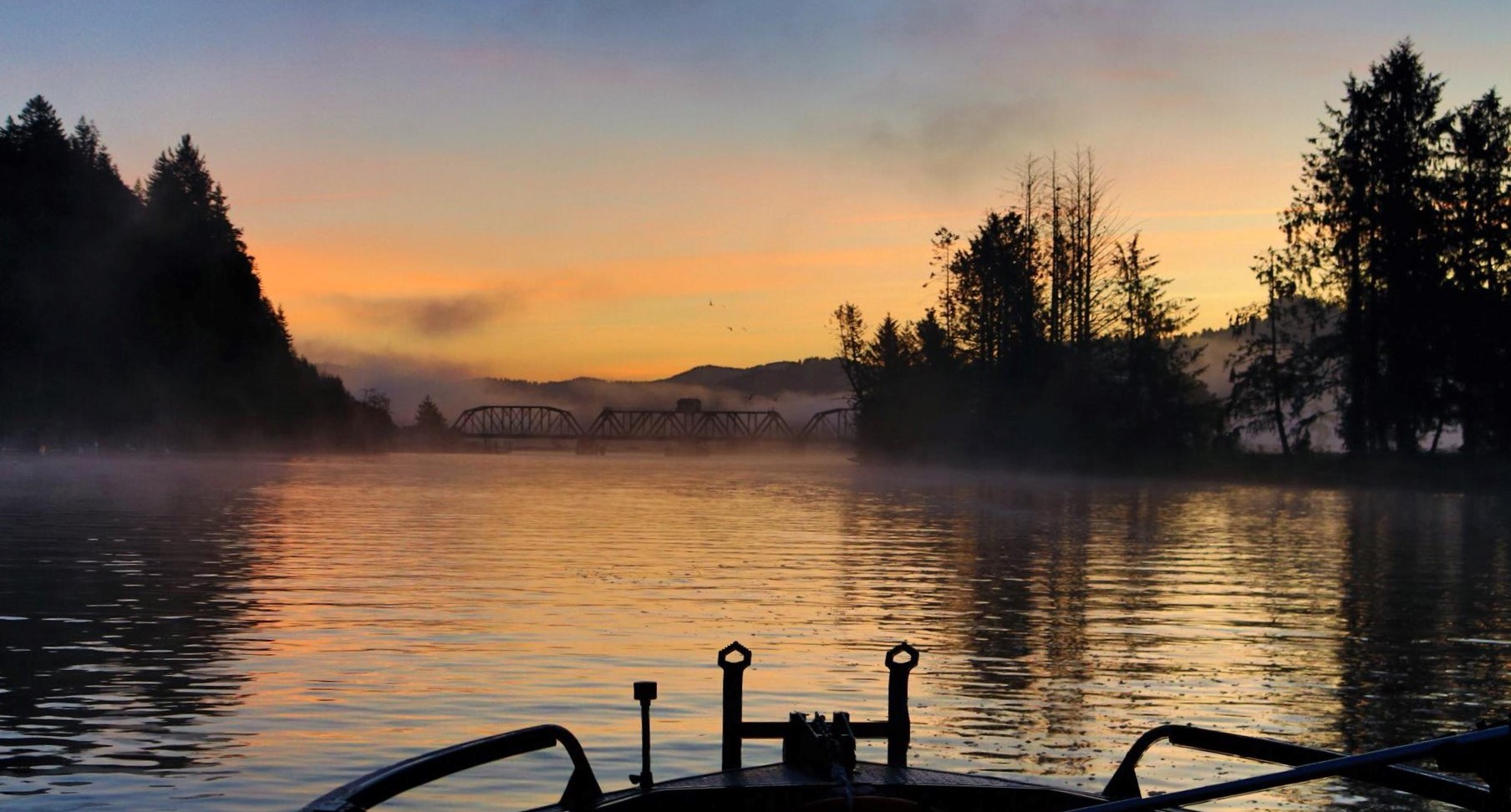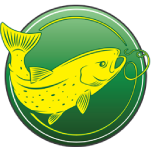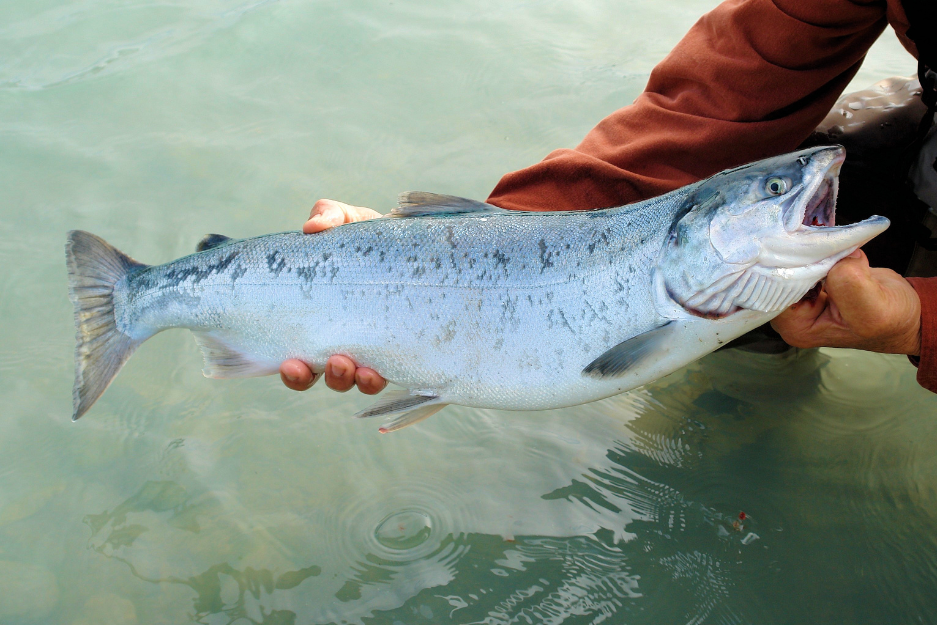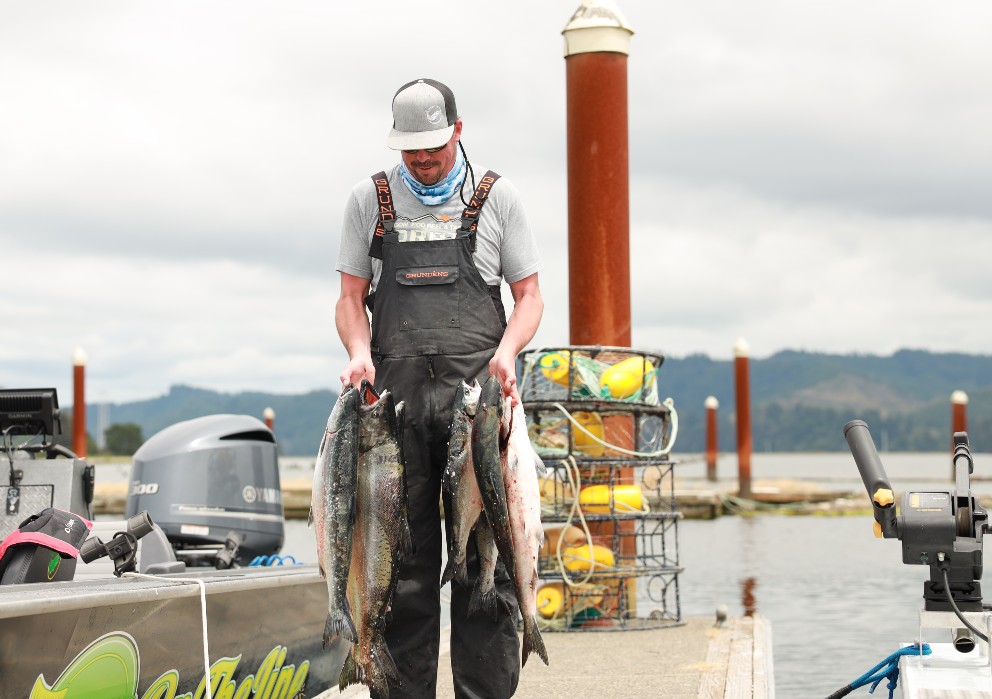Tucked into Oregon’s central coast, the Siuslaw River is a vital artery for Pacific salmon,…

The Siuslaw River, once one of Oregon’s most prolific salmon runs, now finds itself at the heart of an inspiring restoration journey. Over centuries, land clearing, diking, levee construction, and agricultural development severed the river’s natural connection with its floodplains and tidal wetlands. That loss has drastically impacted salmon habitat, especially for the endangered Coho. However, today, restoration efforts from organizations like the Siuslaw Watershed Council and McKenzie River Trust, in partnership with the Confederated Tribes of Coos, Lower Umpqua, and Siuslaw Indians, are confidently bringing the river back to life.
A Revival for Fish, Land, and Community
The Siuslaw Watershed Council, along with the McKenzie River Trust have been active participants in restoration efforts in the Siuslaw River basin. A large portion of the creeks and tidal flats have been altered by human activity and they intend to turn as much as they can back to their original form. This basin once boasted the second largest run of Coho Salmon on the Oregon coast, and with a little effort, may just be able to rebound more than previously thought possible.
Reconnecting the Estuary and Restoring Wetlands
Along the lower reaches of the Siuslaw, the famed “dairy hole” has been the spot where many salmon anglers’ dreams have come true. That location has now become a large construction site, busy with heavy machinery. The 217-acre site is now home to an ambitious project to recreate and modify the former dairy, known as Waite Ranch, to become a rich and diverse ecosystem for local aquatic life. The plan is to develop 6 miles of tidal marsh where cows once grazed. Dikes and levees are being removed, drainage ditches filled, and tidal channels re-established to return roughly 200 acres back into functioning estuarine wetlands. This allows saltwater to re-enter the system at high tides, restoring critical habitat for juvenile salmon, steelhead, lamprey, and shorebirds. The wetlands will provide a rearing shelter for our baby chinook, coho, steelhead, and sea-run cutthroat trout. These channels will wind through the Waite Ranch area and provide cover in the form of native grasses and logs. This should help bolster the population of salmon and help restore the balance that human activity disrupted.
On‑the‑Ground Habitat Work Upstream
In the upper reaches of the basin, along the North Fork of the Siuslaw and mainstem Siuslaw, logs have been placed back in the streams to help break up the channels and provide an ideal habitat for spawning salmon. What was once a straight channel, will begin to wind again, allowing fish to hide and for gravel to accumulate, which is just what these fish need.
The Siuslaw Watershed Council is advancing a suite of restoration activities:
-
Culvert replacements, improving fish passage and stream connectivity.
-
Riparian planting to shade streams, stabilize banks, filter pollutants, and supply future woody debris.
-
Riparian fencing, preventing livestock from degrading streambanks and protecting vegetation.
-
Large woody debris (LWD) placements, creating vital complexity—side channels, pools, and off‑channel refugia—for juvenile Coho during flood or heat stress.
-
Tidegate and levee removal to restore tidal wetlands, off‑channel habitats, and reestablish natural floodplain interaction.
-
Whole‑valley restoration, including floodplain reconnection and channel reconfiguration to renew river resilience (see siuslaw.org).
Salmon Cycles: A Brighter Future
These interventions directly revitalize salmon life stages. Juvenile Coho need cool, slow-flowing side channels and backwater pools for rearing, refuge, and refuge in summer spates—features restored by LWD structures and floodplain reconnection. Estuarine wetlands, reestablished by the Waite Ranch work, are essential nursery grounds where young salmon acclimate before ocean entry. Opening blocked passage via culverts and removing tidal barriers enables adult migration and spawns recovery. Overall, healthy connectivity, buffer zones, and complexity strengthen salmon resilience at every stage. The salmon life cycle takes years to complete, but one day, in the not-too-distant future, salmon will return to find their home improved, and their offspring will enjoy a healthier and more robust ecosystem thanks to the efforts of these organizations, and those that support them.
Local anglers—many of whom have borne witness to depleted runs and degraded riparian corridors—are among the most enthusiastic supporters of these projects. As wild salmon habitat returns upstream, so do the promises of better catch potential. Anglers report optimism: restored floodplains and estuarine habitat signal more abundant juvenile salmon migrating downstream, and improved fish passage upstream suggests future return of adult spawners. The sentiment is that the river’s rejuvenation now supports both ecological recovery and sustainable, future-focused recreational fishing. If you are interested in helping out, click the links below for more information. Anglers who truly want to give back to the river that gives so much will find their dollars put to good work here!
In short, the Siuslaw River is undergoing a powerful renaissance. Through coordinated tribal-led, nonprofit, and community efforts—spanning estuary reconnection to forested riparian buffers—the river’s natural function is being reactivated. This renewal bolsters the salmon lifecycle at all critical stages and rekindles hope among anglers who know that the river’s health means both conservation success and future angling opportunities.




